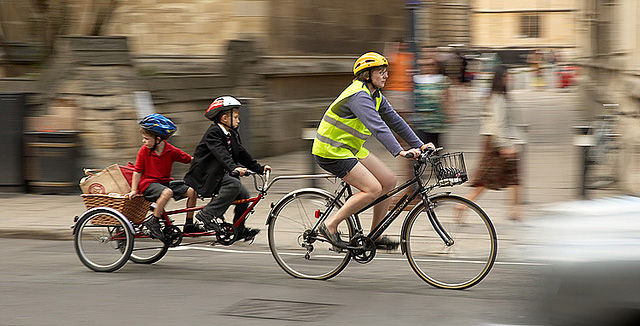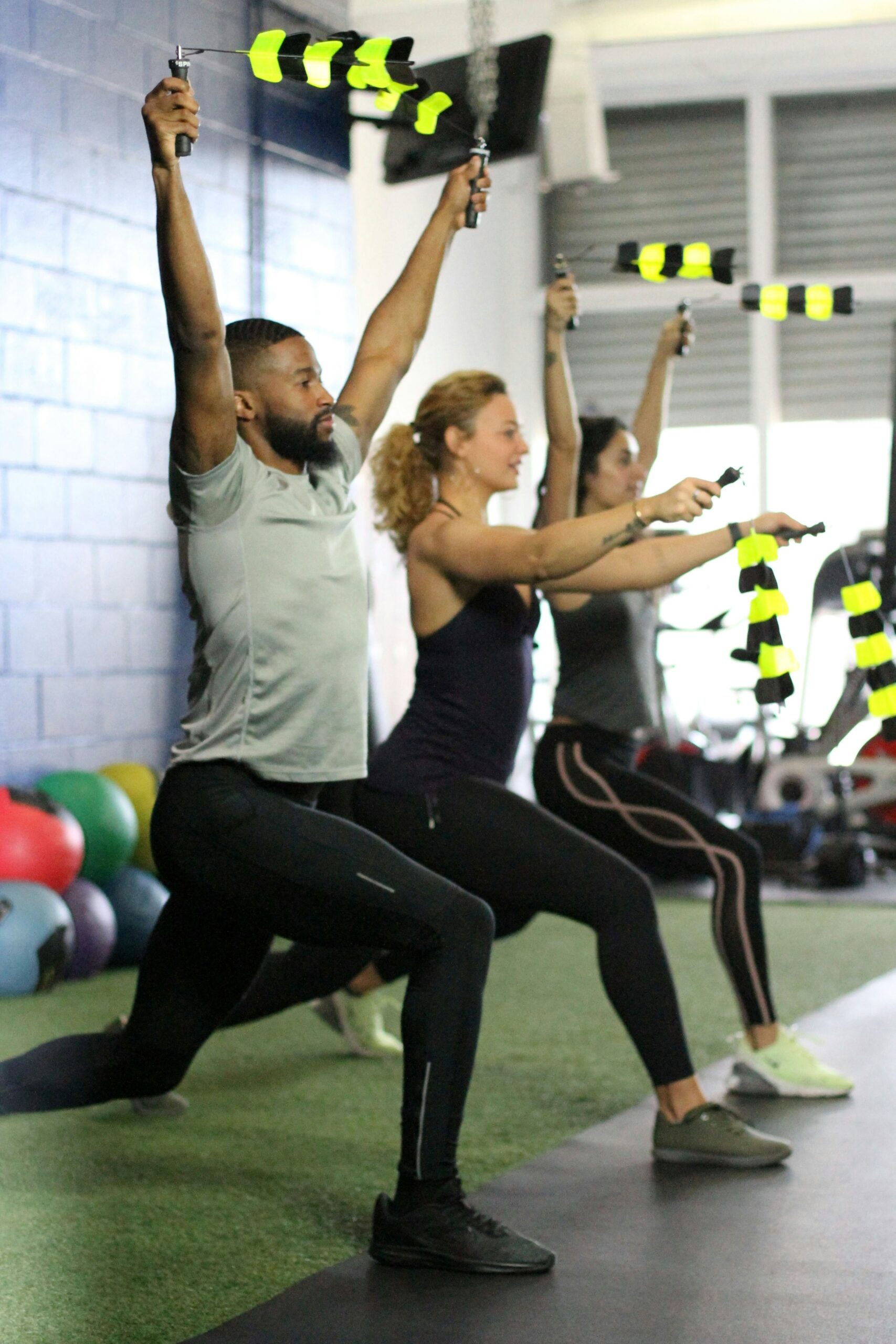Physical Literacy: Purposeful Physical Pursuits

Purposeful Physical Pursuits
This blog post seeks to clarify the term Purposeful Physical Pursuits in relation to Physical Literacy.
The definition of physical activity is seen as:
“Any bodily movement that results in energy expenditure (e.g., walking, taking the stairs)”.
Thus, the term represents a wide range of possibilities. In one sense the definition is too broad and could be seen as trivial but in another it is too narrow.
Too Broad
It covers every sort of physical movement that results in energy expenditure- being busy, walking or climbing stairs to taking part regularly in sport, dance, adventurous pursuits or fitness activities. However, physical activity can be used also for important work in the promotion of health and wellbeing.
Too Narrow
It doesn’t capture the cultural significance of certain sorts of physical movements – the richness and wealth of opportunities that are available. As a result we need to make some clear distinctions in order to clarify how physical activity can be construed, interpreted and used in appropriate ways.
1. Everyday Routine Habitual Physical Activities (as per definition)
- Moving about
- Climbing stairs
- General household chores
This type of physical activity has some benefits if it has become part of a regular routine. However, it can be seen as trivial and not a powerful enough message for getting more people more active.
2. Purposeful Physical Activities
Physical activity can be purposeful because there is good evidence that regular participation can have significant health benefits. Recognised physical activity practitioners can provide a support structure together with sound advice as to relevant forms of physical activity and guidance on how much physical activity is needed, for how long and at appropriate levels of intensity. They can also empower people to take responsibility for putting regular purposeful physical activity into their lives.
Purposeful Physical Activities can energise lives, for example: Preference: choosing to walk or cycle in place of using the car or bus. Joining an exercise class because a person feels the need to become more active and improve their health. They have instrumental value because the physical activity is used for another purpose other than being active for the love of being active.
Purposeful physical activity can be associated with people with existing medical conditions or injuries as:
- Therapy
- Remedial/rehabilitation
- Restoring physical capacity following treatment or prolonged illness
- Protect people from risk of developing specific medical conditions
- Manage specific medical conditions
Thus, physical activity can be used as a preventative, protective and therapeutic value. As a direct consequence of being physically active, health and wellbeing can be enhanced – it is valuable for just this reason. This is important work but only one aspect of the value of being physically active.
Physical Literacy recognises that purposeful physical activities represent a way of promoting a health message and as a way of empowering people but its potential is restrictive and does not address other needs.
3. Purposeful Physical Pursuits
This consists of all forms of disciplined physical activities such as sport, dance, adventurous activities, fitness and meditative movements etc. All forms are equal. These physical pursuits are purposeful because:
- They are intentional and freely chosen
- There is a wide choice to suit all interests and capabilities
- There is a lot to learn
- There is abundant potential to enrich lives, enhance human capacities, widen perspectives and illuminate our understanding of living well.
- Making a commitment to one or more purposeful physical pursuits as part of living well.
All forms of purposeful physical pursuits have the potential to open up opportunities to enable young people (or adults) to enrich their lives in significant ways. Purposeful physical pursuits are all about enriching lives in order that young people and adults can make a commitment to one (or more) pursuits that represent disciplined forms of movement (dance and fitness work is just as disciplined as high level sport or adventurous pursuits). They are pursuits that have depth (unlike physical activity or purposeful physical activity), provide opportunities to expand human capacities, widen horizons and there is much to learn and do.
Also, you don’t make a commitment to physical activities, it is always a pursuit that you value and look forward to engaging in – a purposeful physical pursuit.
If young people and adults can make a commitment to engage regularly in such pursuits they can generate also a protective effect that can substantially reduce their risks of acquiring a number of medical conditions over their lifespan. This represents an additional value that is usually called the health value but it is NOT the main value. If you only promote physical activity as a preventive measure on its own, its value can be reduced. Also, if you only promote physical activity as a way of reducing risks, this can be seen as a negative position – if you don’t do this look what can happen! A positive message is needed and it should be associated with energising and enriching lives. This means that the intrinsic value of purposeful physical pursuits is also far more significant than purposeful physical activities.
Some pursuits can be contradicted (or have side effects) for ill health through serious injuries, overloading capacity or inappropriate actions therefore physical literacy has another important educative role to play.
By using the term purposeful physical pursuits we are opening up an important area of endeavour that is much wider in scope that just being physically active. The potential of these pursuits is significant because they involve getting on the inside of what these pursuits can offer can offer. There is a wide range of possibilities that can provide very different meaningful experiences, challenges and satisfactions for enhancing the quality of people’s lives and enriching them. For this reason, I prefer to avoid speaking of physical activity because it is far too narrow and does not address the idea of making a commitment which is central to physical literacy. I want to endorse the adoption of purposeful physical pursuits as being far significant and more relevant for physical literacy.
A search of dictionary definitions shows the following:
- the act of pursuing in an effort to overtake or capture
- a diversion that occupies one’s time and thoughts (usually pleasantly) – a leisure activity
- a search for an alternative that meets cognitive criteria (a quest)
It can be seen as (1) an activity (2) a following and (3) an attempt. As a result, a pursuit is much more than just an activity, it conveys a sense of depth.
For the early years (early childhood) it is more appropriate to speak of purposeful physical play.
Photo: Kamyar Adl



